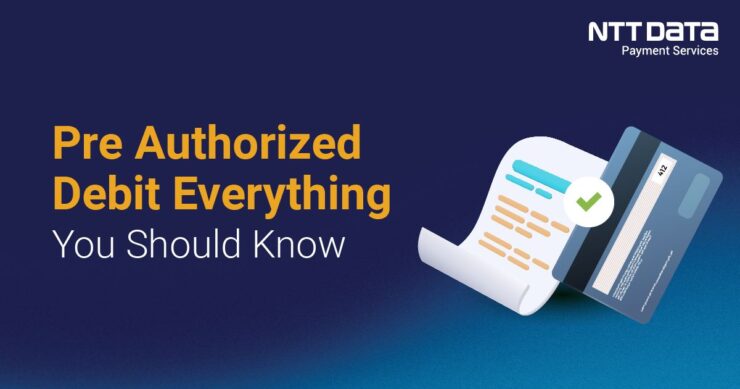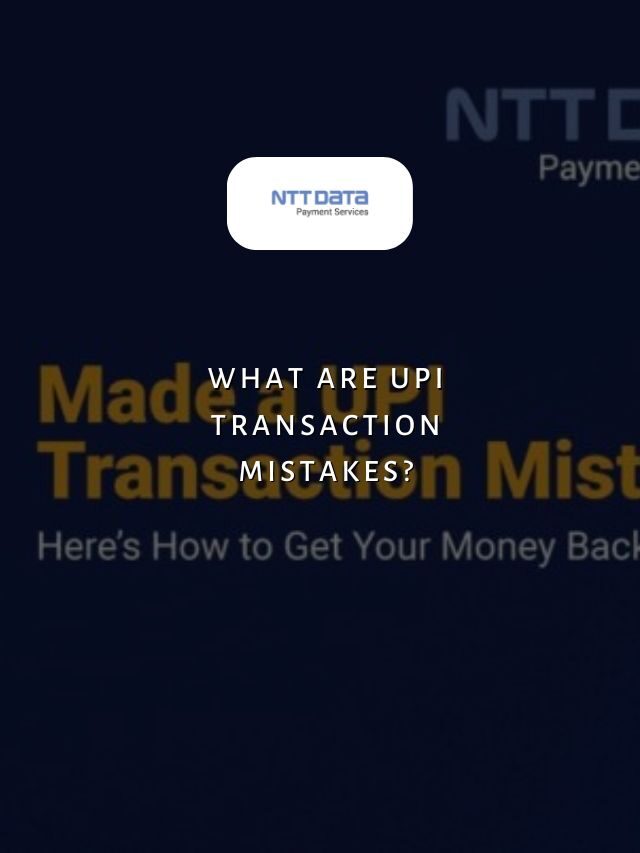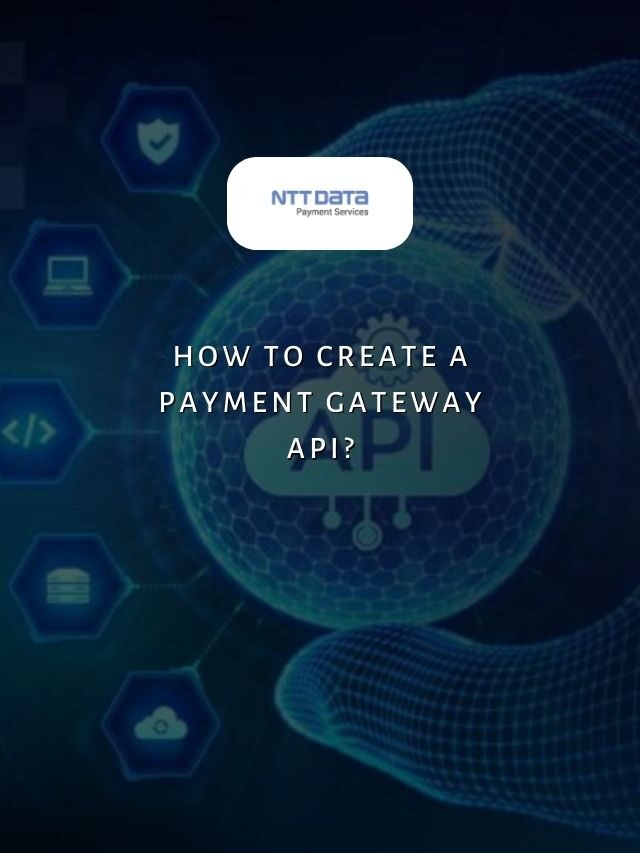
Table of Contents
- 1 Understanding Pre-Authorized Debit
- 2 Recent Web Stories
- 3 What is a Pre-Athorized Debit?
- 4 How Pre-Authorized Debit Works
- 5 Setting Up Pre-authorised Debit – The Technical Side
- 6 Compliance Requirements for Pre-authorised Debit
- 7 How is Pre-Authorised Debit Different from Subscription Payment?
- 8 Best Practices for Smooth Pre-authorised Debit Implementation
- 9 Make Seamless Online Payments with NTT DATA Payment Services
- 10 Significance of Pre-Authorised Debit
- 11 Pre-Authorised Debit: FAQs
Pre-authorized Debit (PAD) allows merchants to automatically withdraw recurring payments from customer bank accounts, providing convenience for both parties.
The blog details the technical PAD setup process along with its best practices.
Understanding Pre-Authorized Debit
Pre-authorized Debit is a popular payment method merchants and businesses use to collect recurring payments from customers conveniently and automatically. With PAD, customers authorise merchants to withdraw pre-determined amounts directly from their bank accounts on pre-set dates. This eliminates the need for customers to pay their bills each month manually.
While PAD offers many benefits, it is an important financial transaction that requires careful setup and compliance with regulations to protect both merchants and consumers.
Recent Web Stories
What is a Pre-Athorized Debit?
Pre-authorised Debit allows a merchant to automatically withdraw pre-approved recurring payments from a customer’s bank account on scheduled due dates without any additional action required from the customer.
It is a payment method that authorises future automatic withdrawals for billing. PAD agreements signed by the customer grant this approval to merchants.
How Pre-Authorized Debit Works
At a high level, Pre-authorised Debit works as follows:
- The customer fills out a PAD agreement form provided by the merchant, authorising automatic withdrawals from their bank account. This includes details like payment amounts, frequencies, and dates.
- The merchant submits the PAD agreement to their payment processor. The processor will verify account and routing numbers with the customer’s financial institution.
- On the agreed-upon payment dates, the merchant’s bank will initiate an electronic funds transfer from the customer’s account to the merchant’s account for the authorised amount.
- Behind the scenes, this transfer occurs via direct connections between the banks and the national payment clearing system. Funds are deposited instantly into the merchant’s account.
- Customers can cancel or change PAD agreements anytime by notifying their bank and the merchant in writing.
Setting up Pre-authorised Debit requires careful technical setup and compliance with regulations:
- Merchants must register with the payment processor to connect to the Automated Clearing Settlement System for fund transfers. Processors verify account details with banks before the first withdrawal.
- Merchants utilise APIs for scheduling payments and handling cancellations while securely storing PAD agreements compliantly for a minimum of 1-year post-cancellation.
- Strict regulations include providing 10-day pre-notifications, processing cancellations within 30 days, and annual cancellation reminders. Adopting best practices like multi-channel cancellation options, clear upfront communication, and prompt dispute handling optimises customer experience and compliance.
- PAD delivers seamless billing when established on a strong technical foundation, respecting all regulatory requirements.
Here are the key compliance requirements for Pre Authorised Debit (PAD) in India:
- Registration: Payment aggregators and gateways must register with the Reserve Bank of India (RBI) to operate legally in India.
- KYC: Entities need to comply with RBI’s KYC Direction and perform customer-due diligence, including identity and address verification.
- Data Localization: All data related to payment instruments and settlement must be centralised in India. Servers must be located within the country.
- Payment Settlement: Real-time settlement of funds between issuer and acquirer banks must be ensured as per RBI guidelines. No buffer stocks of funds are allowed.
- Consumer Grievance Redressal: RBI-approved mechanisms must be in place for prompt resolution of customer complaints related to services offered.
- Security and Risk Management: Strong information security practices and fraud detection capabilities are mandatory.
- Compliance Reporting: Regular audits and submission of system audit reports/compliance documents to RBI are required.
Strict adherence to these core regulatory requirements is essential for Pre-authorised Debit operations in India.
How is Pre-Authorised Debit Different from Subscription Payment?
Here are common differences between Pre-authorised debit and subscription-based payment.
| Pre-Authorised Debit | Subscription-based |
| The customer provides approval for specific amounts to be deducted from their bank account on set dates. | The customer signs up for ongoing access to a service or content for a set period, often monthly or annually. |
| This is ideal for billing models that have variable charges each period. | The billing is standard (fixed) and does not change based on the period. |
| Requires separate approval each time for deductions. | Authorises merchants to continuously charge the customer’s payment method at the same amount until cancellation. |
| Allows flexible billing that can adjust to usage patterns. | Offers customers predictable, regular payments in exchange for continuous access to a service or content. |
In addition to regulatory compliance, following some best practices can help ensure PAD runs smoothly:
- Offer customers easy online and phone-based options to set up, modify or cancel PAD agreements.
- Clearly communicate payment schedules, amounts and applicable fees upfront to avoid disputes.
- Process payments at regular intervals for consistency rather than irregular or changing dates.
- Incorporate robust authentication and security measures when storing or accessing sensitive bank details.
- Have a process in place to promptly handle customer queries, cancellations or refused payments.
- Regularly review agreements and update stored bank details if needed to avoid failed payments.
- Consider offering customers statement notifications for transparency about scheduled debits.
- Track metrics like cancellation rates, failed payments, etc., to identify process improvements.
Make Seamless Online Payments with NTT DATA Payment Services
For merchants, taking the time to understand PAD requirements fully can help avoid issues and deliver a seamless recurring billing experience at scale.
NTT DATA Payment Services offers a complete payment solution to advance both your offline and online businesses from,
- Online Payment Gateway in India
- POS machines
- IVR payments
- Mobile applications, and
- Bharat QR Scan and Pay
Significance of Pre-Authorised Debit
Pre Authorised Debit is a convenient payment solution for both merchants and customers when implemented properly through a robust technical setup and compliance with all applicable regulations.
With the right foundations in place, PAD delivers a seamless recurring billing process for merchants at scale, helping businesses receive payments efficiently in a digitally-driven economy.
| Also, you can get frequent updates on nttdatapayments Instagram page. |
Pre-Authorised Debit: FAQs
1. What is pre-authorised debit (PAD)?
PAD allows merchants to automatically withdraw pre-approved payments from a customer’s bank account on scheduled due dates without any additional action from the customer.
2. How do I set up a PAD agreement with my customers?
Merchants must provide customers with a PAD agreement form collecting required details like name, address, and bank account info. The signed form authorises future automatic withdrawals for payments.
3. How is it different from a subscription?
PAD allows variable amounts while subscriptions charge fixed recurring amounts until cancellation for ongoing access to services.
4. Is my bank account and payment information secure under PAD?
Yes, merchants and processors must comply with strict data security and privacy laws to store and process sensitive financial details securely.







